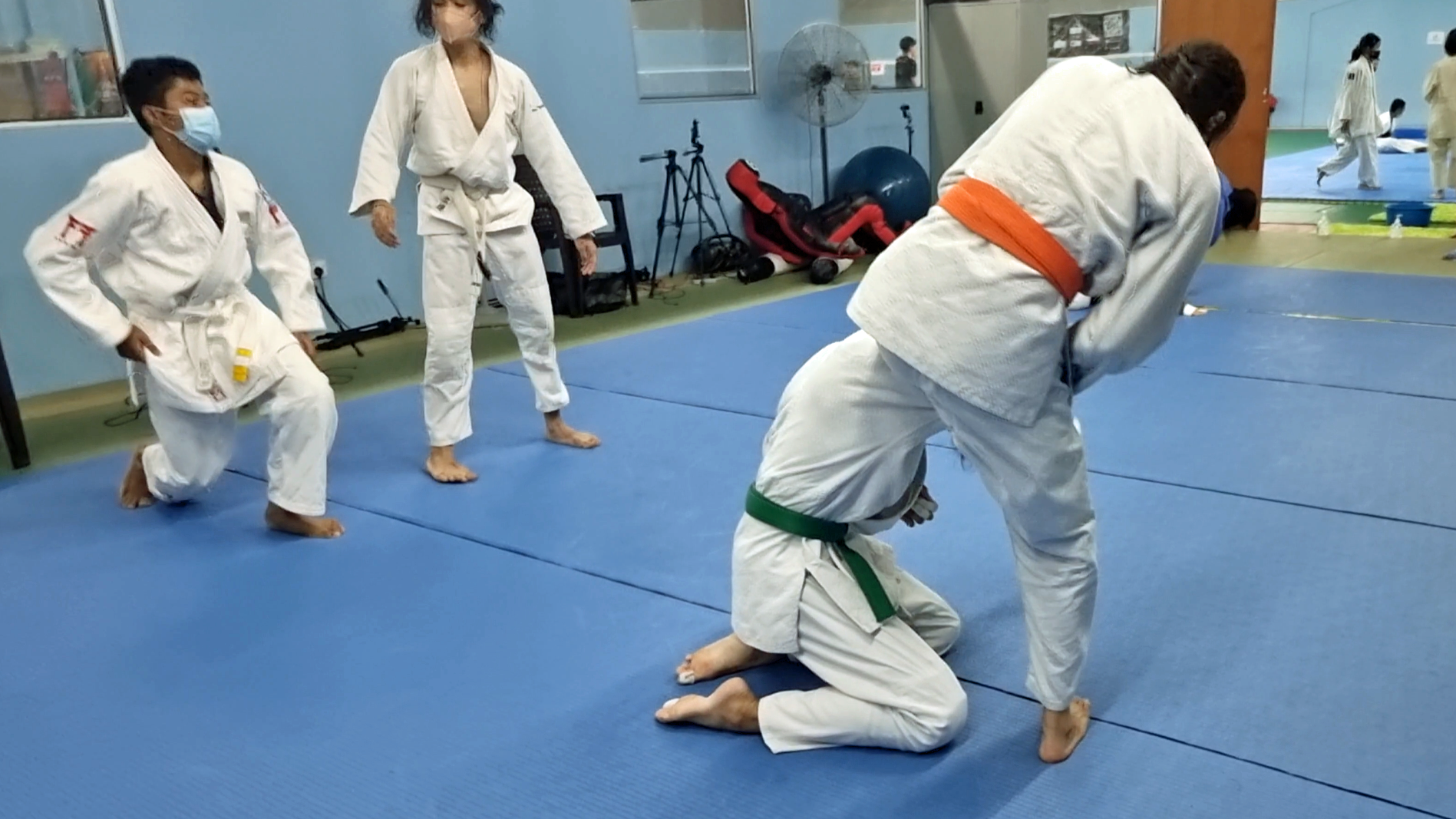
Preparing players for competition involves repetitive and situational drilling. The purpose of repetitive drilling is to build up muscle memory. Situational drilling simulates scenarios that would come up in competition. This is particularly important if you don't have a lot of training partners and randori opportunities (which is the case with most judo clubs).
I break the drills into different modules. These can be generally broken down in to 10 modules. These are not presented necessarily in the order by which they are done. And typically we do not do all 10 modules in a session.
Module 1: Opportunistic newaza
These are for newaza moves that can only be done if your opponent is attacking you a certain way on the ground. You cannot engineer this.
Module 2: Newaza: tokui-waza
These are the individual player's favorite techniques. Typically I ask them to have two favorite techniques that they work on over and over again.
Module 3: Opening up uke
These are drills to teach players how to open up uke when uke is completely covered up in a turtle position.
Module 4: Transition into newaza
These drills train the players to seamlessly move from tachi-waza to newaza.
Module 5: Transition throws
These are throws that are done when uke either has both knees on the ground (but elbows up) or are on the way to standing up.
Module 6: Quadrant throws
I split throws into four quadrants: Back Sleeve, Back Lapel, Front Sleeve, Front Lapel. Players are expected to have throws to every quadrant. They do nagekomi on crashpads.
Module 7: Defences against throws
These are split into two sub-groups. One is general defences against forwawrd throws. The other deals with specialized defences against drop seoi-nage.
Module 8: Defences against groundwork
These are split into two sub-groups. One is osaekomi (of which there are many) and the other are for sankaku, juji-gatame and shimewaza.
Module 9: Gripping drills
These are again split into two sub-groups. One deals with breaking grips (sleeve and lapel). The other deals with gripping sequences and gripping strategies (for ai-yotsu and kenka-yotsu).
Module 10: Strategic game play
These deal with strategic moves you do to gain an advantage in competition. It requires intimate knowledge of the rules and how to make full use of those rules.
